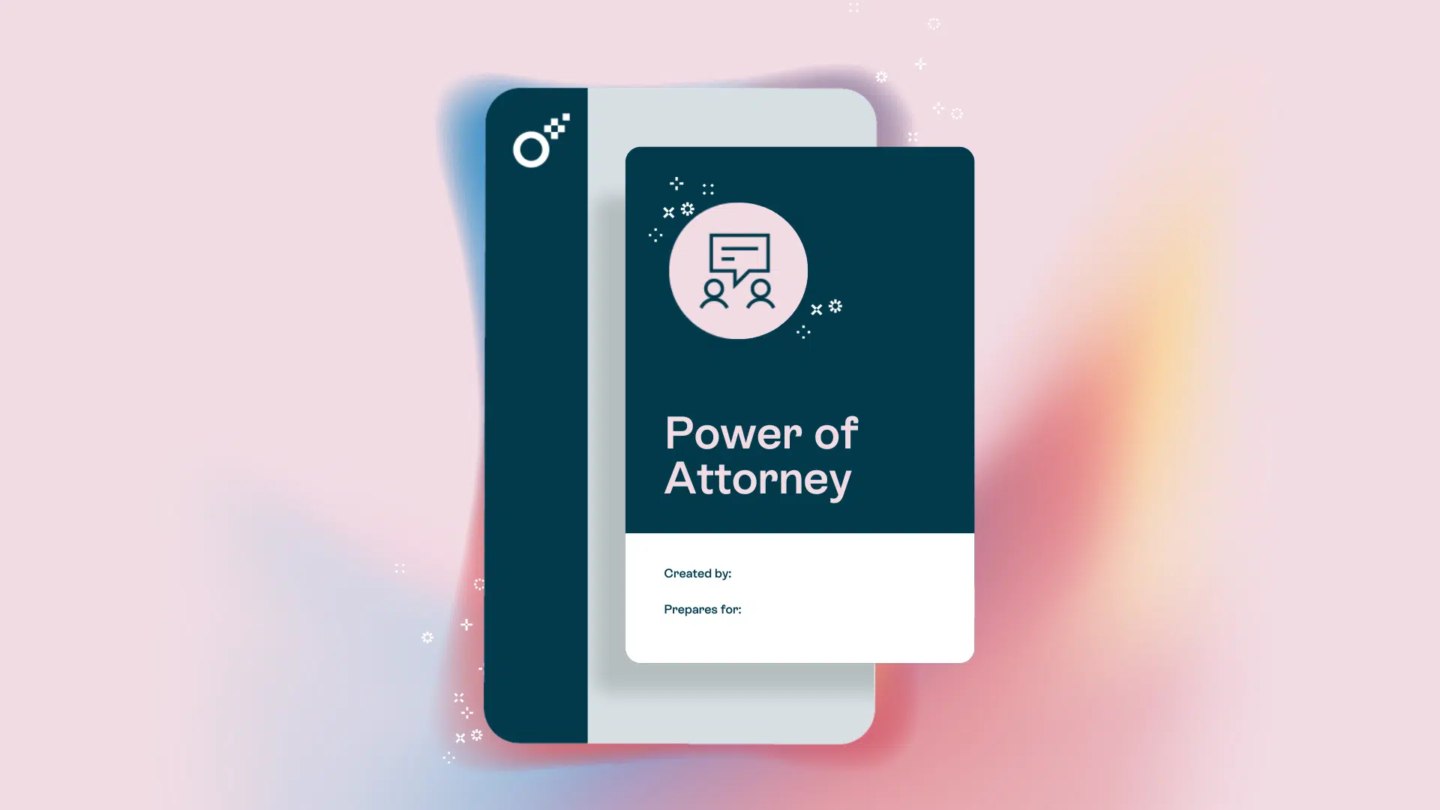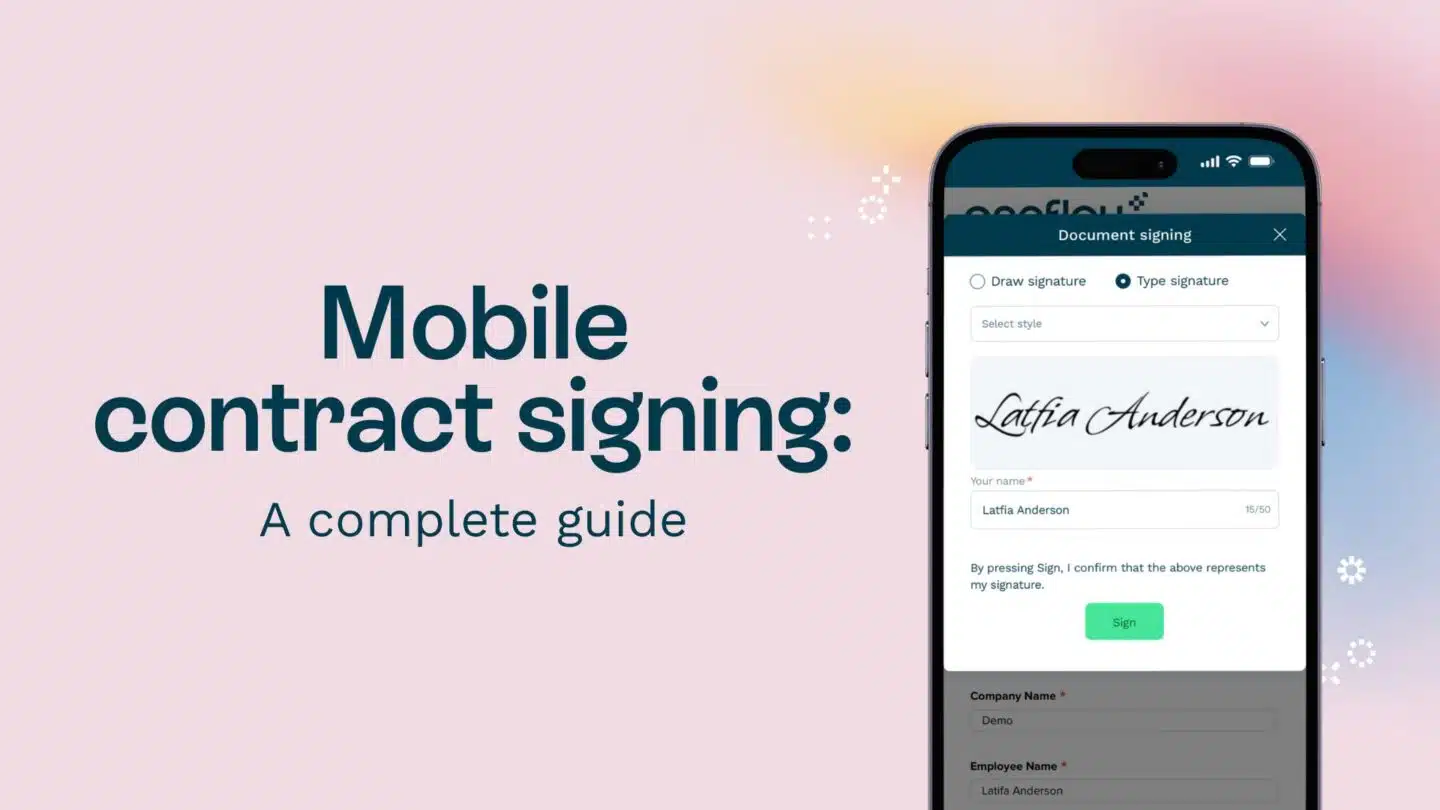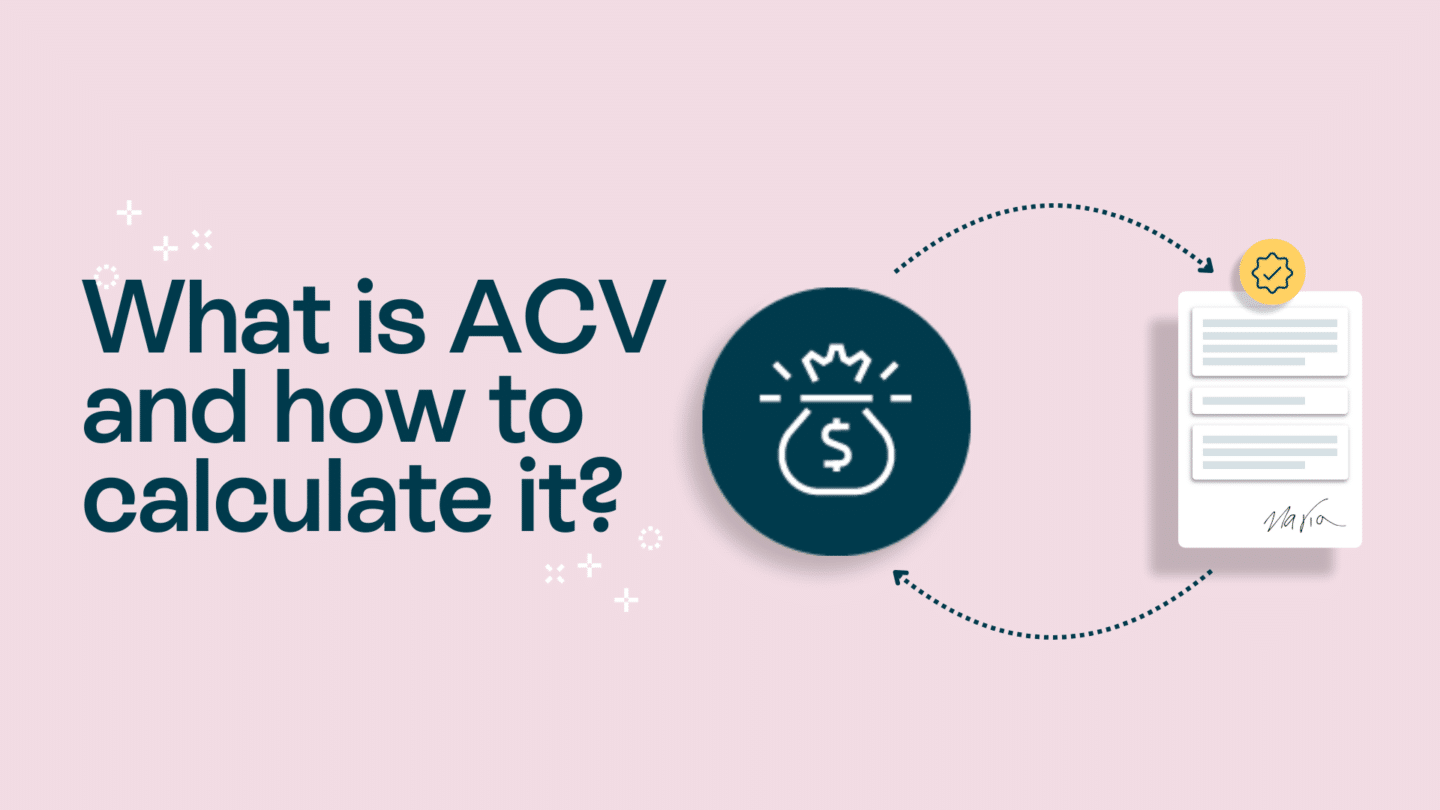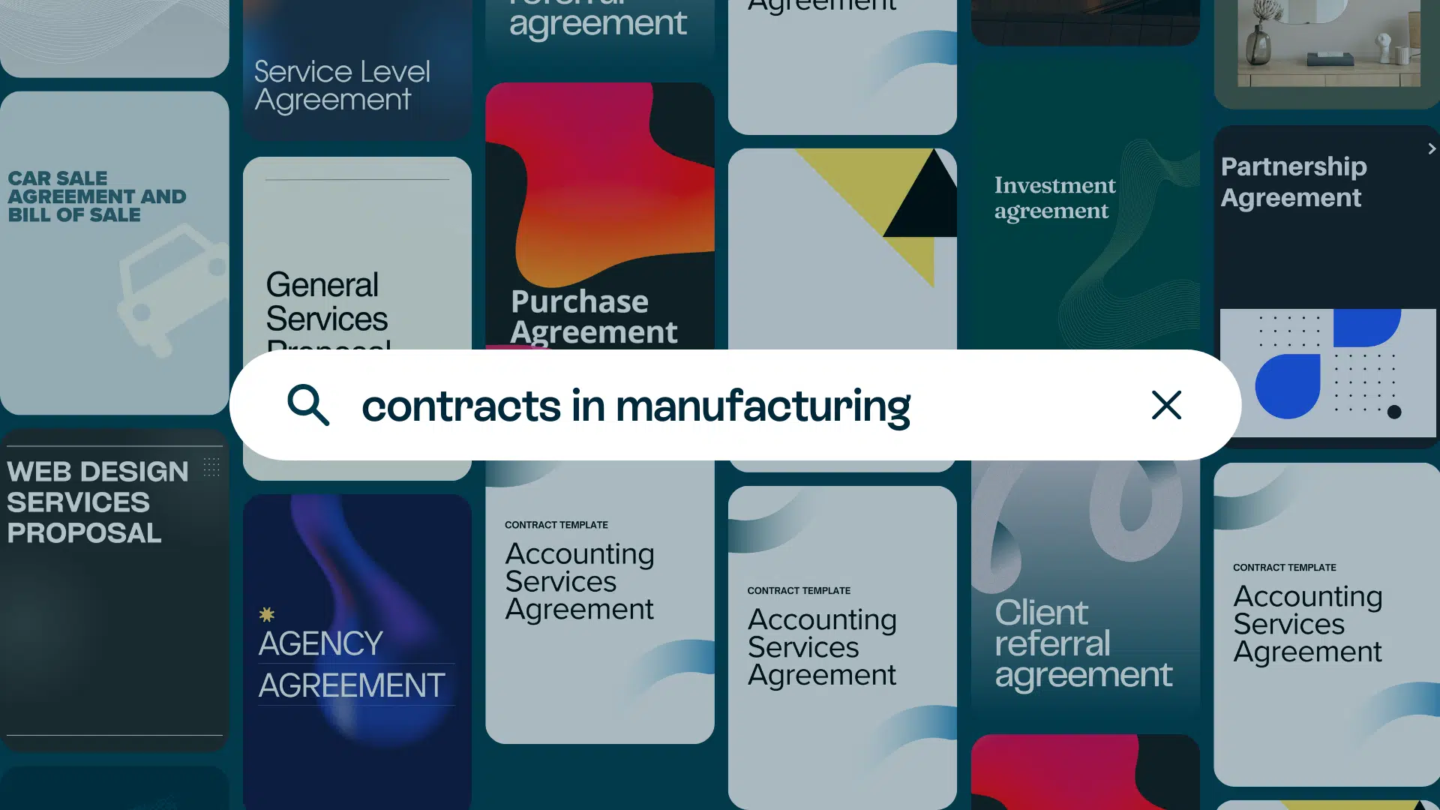Search engine optimization (SEO) is one of the most reliable ways to get more leads for your B2B business. However, B2B SEO needs a few tweaks to ensure it best fits your audience, which we’ll cover in this article.
What is B2B SEO?
Before we cover how to develop an effective B2B SEO strategy, let’s first define what B2B SEO is. B2B is short for business-to-business, so it’s a business whose customers are other businesses or companies instead of your average consumer.
According to GOBIGGR, SEO Philippines Company, B2B SEO is about improving B2B websites to rank higher in search engine results pages. It focuses on increasing the organic search traffic and visibility of the B2B business through search engine optimization.
Unlike traditional consumer-focused SEO, which primarily targets individual customers, B2B SEO focuses on capturing the attention of businesses seeking specific products or services.
By implementing effective B2B SEO strategies, companies can ensure that their website appears prominently in search results when potential business clients actively search for relevant solutions.
The critical goal of B2B SEO is to drive qualified organic traffic to a company’s website, resulting in increased brand exposure, lead generation, and, ultimately, conversions.
By incorporating industry-specific keywords, optimizing on-page elements such as meta tags and headings, creating valuable content that addresses the pain points of B2B buyers, and building authoritative backlinks from reputable sources within the business community – businesses can position themselves as industry leaders and trusted providers within their respective niches.
Now that you know what it is, let’s figure out the critical differences between B2B and B2C SEO.
What is the difference between B2B and B2C SEO?
The main difference between the two would be the target audience. B2B targets businesses. B2C targets average consumers. Simple as that.
However, how that manifests in SEO is a little more complicated.
In B2B SEO, the focus is primarily on reaching a more niche and specific audience.
The target market consists of businesses, meaning the keywords, content, and messaging should adjust based on that information. B2B SEO often involves targeting long-tail industry-specific keywords with higher search intent from decision-makers within organizations.
On the other hand, B2C SEO aims to capture a broader consumer market.
The target audience includes consumers looking for products or services for personal use. In B2C SEO, the emphasis is on appealing to emotions, creating engaging content, and using more general keywords that align with consumer interests.
Another significant difference lies in the purchasing process.
In B2B transactions, a longer sales cycle usually involves multiple decision-makers within an organization. Therefore, B2B SEO strategies need to focus on building trust, providing detailed information about products or services, and addressing specific pain points of businesses.
In contrast, B2C transactions often have shorter sales cycles as consumers make quicker purchase decisions based on their immediate needs or desires. This shorter cycle means B2C SEO should prioritize compelling visuals, user-friendly interfaces, persuasive product descriptions, and easy navigation.
Knowing the key differences between the two lets you adapt your SEO strategy better based on your goals.
After all, let’s get into the best B2B SEO strategies you should apply to bring more leads to your business.
Read also: 5 tips to increase your sales with organic traffic (SEO)
Create buyer personas
You start the process by creating buyer personas, but what are those?
Buyer personas are fictional representations of your ideal customers based on research and data analysis. They help you better understand your target market, their needs, pain points, and motivations.
By taking the time to understand buyer personas, it will be easier for you to adapt your SEO strategies so you can better market and sell to different personalities of your target audience.
You can tailor your B2B SEO strategy to reach and engage your desired audience effectively. It allows you to align your content and messaging with their interests and challenges. This personalized approach enhances user experience and increases the likelihood of attracting qualified leads.
When you have a clear picture of who your ideal customers are through well-defined buyer personas, you can optimize your B2B SEO strategy accordingly. You can identify the keywords and search terms they will likely use when looking for solutions or information about your products or services.
If you are confused about the messaging you’re putting out in your B2B SEO strategy, go back to your buyer persona. Keep them in mind and check if your message resonates with them.

Conduct keyword research
Any SEO strategy involves keyword research, which applies to B2B SEO strategy.
By identifying the right keywords, you can optimize your website and content to attract the right audience and increase your chances of generating more leads.
When conducting keyword research for a B2B SEO strategy, it is crucial to focus on keywords relevant to your target audience and aligning with their search intent. Look for keywords that potential customers might use when searching for products or services in your industry.
You would usually look for specific long-tail keywords with lower competition in B2B SEO. These keywords often indicate higher purchase intent and can help you attract more qualified leads.
Additionally, incorporating location-based keywords can be beneficial if your B2B business operates in specific regions or countries.
Furthermore, analyzing each keyword’s search volume and competitiveness is crucial. Aim for a balance between high search volume and manageable competition to maximize the visibility of your website in search engine results.
Read also: 8 ways SaaS can increase sales through digital marketing
Map out your keywords
Once you finish your keyword research, there are many places where you can apply that information in your B2B SEO strategy. One of them is through keyword mapping.
Keyword mapping involves strategically aligning relevant keywords with specific pages or sections of your website. This process helps search engines understand the purpose and relevance of each page, ultimately improving its visibility in search results.
You can ensure that your content reaches the right target audience by mapping out keywords. By understanding potential customers’ language and phrases when searching for products or services like yours, you can tailor your content to match their intent.
An effective keyword mapping strategy also allows you to prioritize high-value keywords that are more likely to convert into leads.
By strategically placing these keywords throughout your website’s content, meta tags, headings, and URLs, you increase the chances of attracting qualified prospects actively seeking your offer.
It also ensures that your content relates to one another, so your website and the keywords you use are described.
Create and optimize landing pages
Even if you have a specific target audience, those usually separate into different segments. To better personalize your marketing approach, you can create and optimize particular landing pages for them.
Optimizing your landing pages can also help improve your B2B buying experience for the customers’ side. You can create messages addressing each segment’s specific concerns more than having one landing page that won’t apply to all your leads.
Create a B2B content strategy
Different businesses should have different approaches to their content strategy. For example, if you’re offering software as a service, you want a SaaS-specific B2B content strategy, not a cookie-cutter one.
B2B content often relies on evergreen content and deep dives into specific or niche topics, unlike B2C content strategy. Also, B2B often needs more high-quality content rather than going with a high-quantity content production process.
Read also: Supercharge your B2B copywriting: 7 simple techniques for success
Build links on content pillar pages
Pillar pages can be a great content resource on your B2B website. It’s a massive chunk of information covering broad topics around a general keyword or issue relevant to your industry.
What’s great about them is that it’s linkable. Since it’s a vast, informative piece of content, other websites might want to link to it. It will also be essential to your internal linking strategy.
Building links on these pillar pages will make your website more discoverable.
Conclusion
These B2B SEO strategies will help you get more leads and ensure that they’re the right ones for your business. Make sure to apply these tactics to your SEO strategy if you’re ever catering to other companies to reach the right target audience in your industry.








